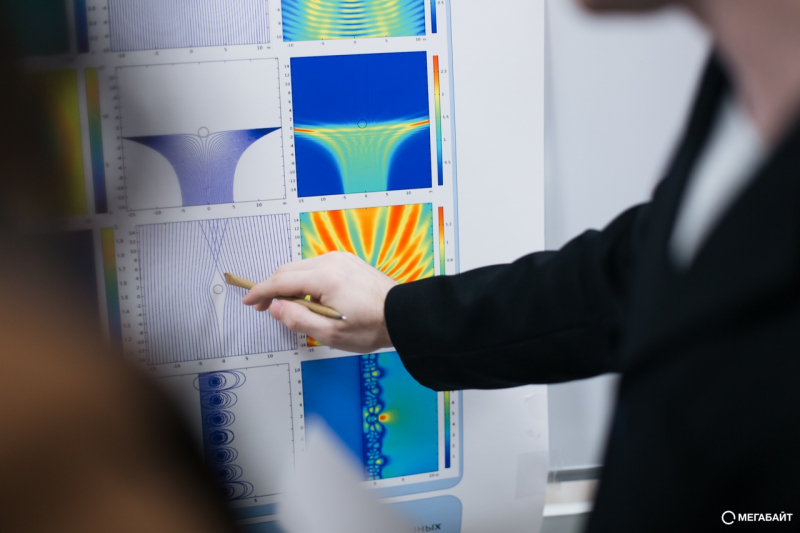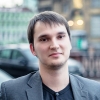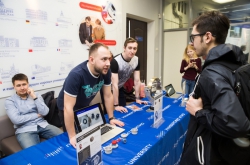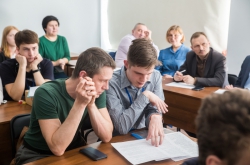This Congress of Young Scientists’ plenary session was opened by Vladimir Nikiforov, ITMO University’s Vice Rector for Research. He stated that despite the change of format, the event’s program will remain practically the same. As in previous years, university and school students will present their research, the university’s leading scientists will deliver plenary theses, and there will be contests followed by an awards ceremony.
The transition to an online format didn’t prevent the Congress from increasing its scale: the number of sessions for university and school students was expanded. Almost 2,000 participants will be presenting their research in 53 main and ten school sessions.
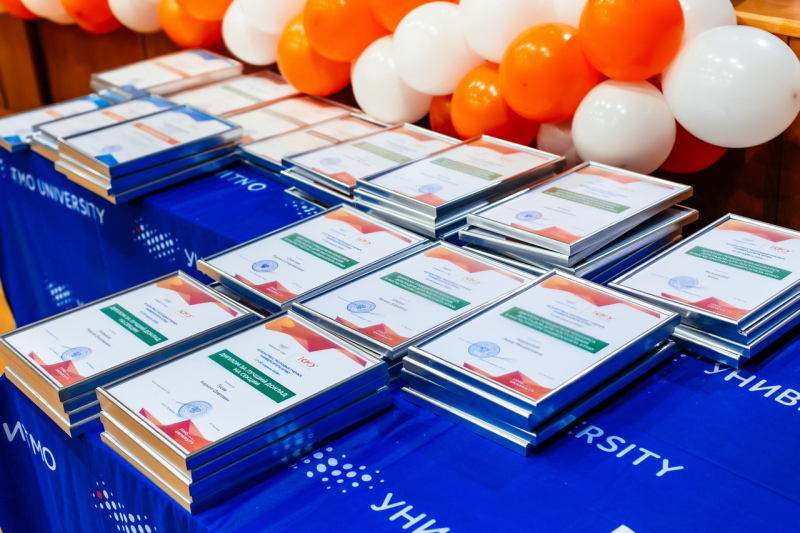
Delivering their presentations at the virtual plenary session were three ITMO University research associates.
Sergey Makarov, professor at ITMO’s Faculty of Physics and Engineering, spoke about the optical properties and applications of resonant semiconductor nanoparticles.
“We have shown that, subjected to laser, silicon nanoparticles produce hundreds of times more intense of a Raman signal on the magnetic dipole resonance than gold nanoparticles. This allows us to use them, for example, for studying optical heating. An important observation is that by varying the laser intensity, we can heat these nanoparticles optically controlling the temperature at the same time. Thanks to this, silicon nanoparticles can be applied in medicine, in particular, in creating polymer microcapsules with a medicine and, using a laser, activating them in a targeted way in an affected part of the body. For example, in the area of a cancerous tumor,” noted Sergey Makarov.
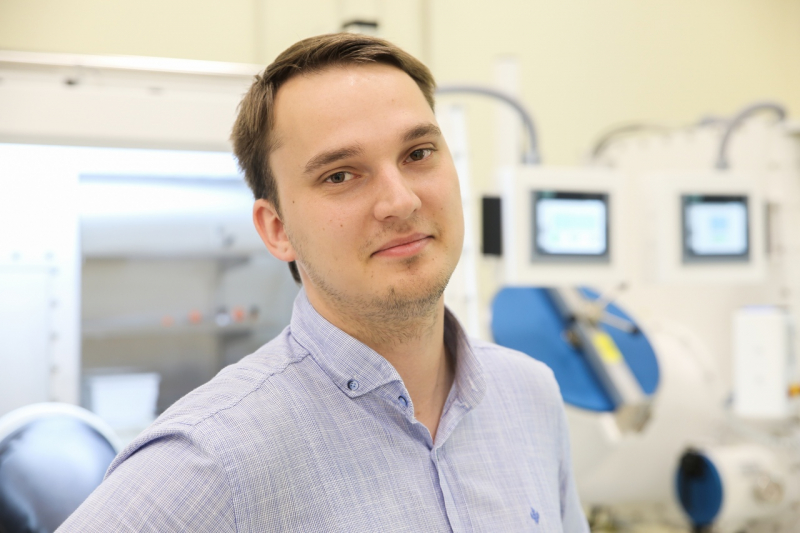
The second report focused on biotechnologies. It was presented by Vera Ivanova, an assistant at the Faculty of Food Biotechnologies and Engineering. She spoke about promising sources of beta-glucans.
Beta-glucan is a natural polysaccharide found in cell walls. The report demonstrated a series of experiments that compared the benefits and productivity of different beta-glucan plant sources. Particular attention was paid to a polysaccharide synthesized from yeast and fungi because of its unique antitumor, immunomodulatory and anti-inflammatory properties.
Irina Melchakova, associate professor at the Faculty of Physics and Engineering, centered her presentation on the benefits and application of wireless radiofrequency coils for MRI.
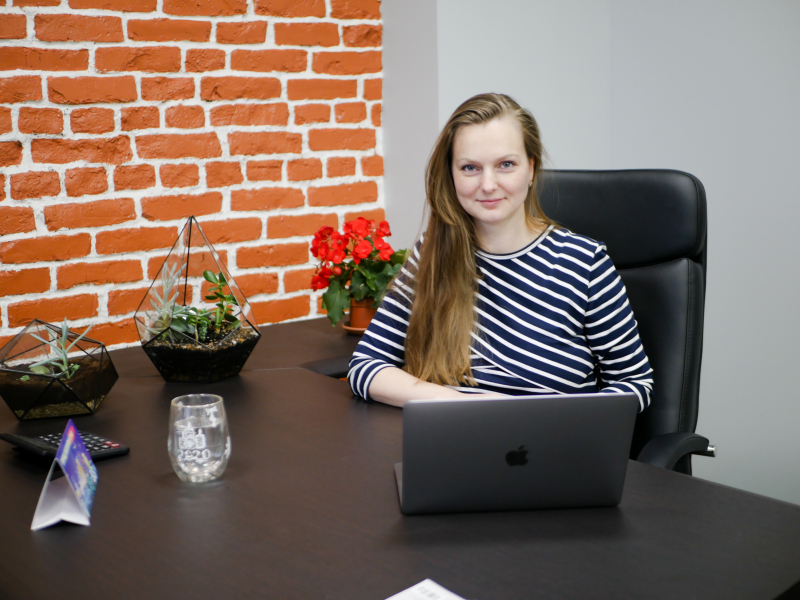
“To make an MRI of a large area, it’s necessary to cover the whole body with radio frequency coils – and this is quite a heavy load for a person, given that some of them can reach 10kg in weight. What’s more, you have to lie down with such a burden over you for a long time: an MRI procedure can take from 20 minutes to an hour. Additional problems are created by wires, as well as the likelihood of overheating a patient. The fact is that for a more accurate result, MRI specialists increase the value of the magnetic field in the device, but the bigger it is and the more powerful is the pulse, the greater is the chance to harm the patient. We offer wireless metacoils that redistribute the magnetic field and focus it at the required point. The device allows us to concentrate the impact in the right place without heating the body. Such focusing also enables us to reduce the radiofrequency load and pulse strength without losing the procedural quality. And keeping these at the same level allows us to improve the quality of the results and reduce the duration of the procedure,” explained Irina Melchakova.
The plenary session was concluded with a pitch session by ITMO University students and PhD researchers.
Awaiting the Congress participants are three days of intense work. They will be presenting their research via Zoom and communicating with experts in their field. Students will be able to participate in a research presentations contest, the winners of which will be awarded additional points for applying for ITMO University’s Master’s programs.
